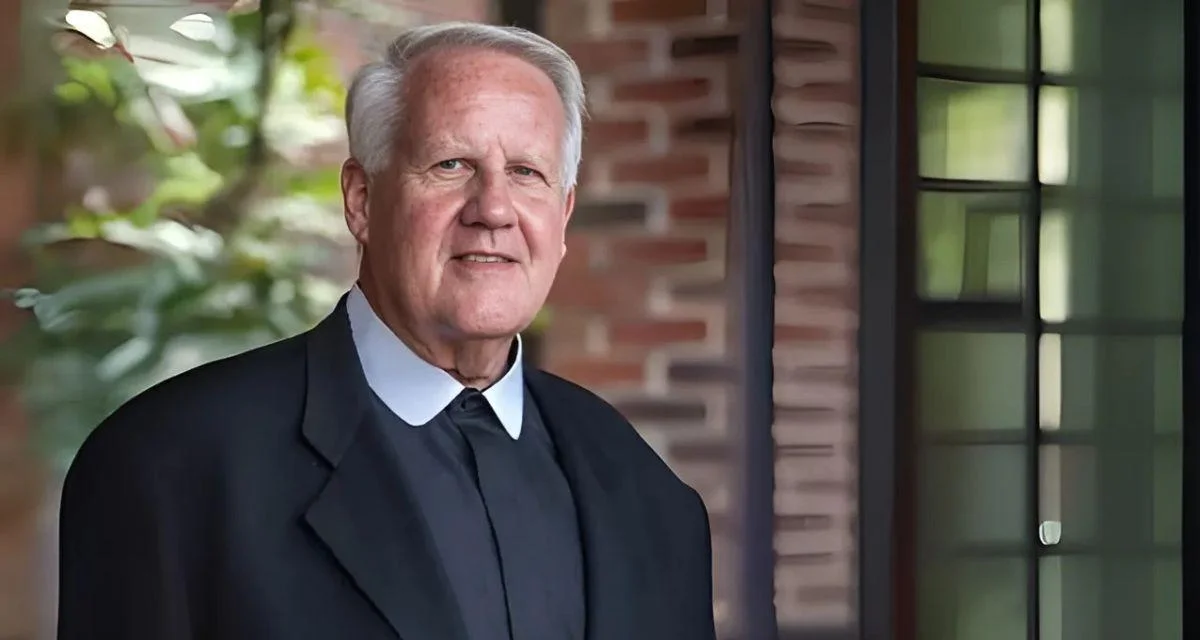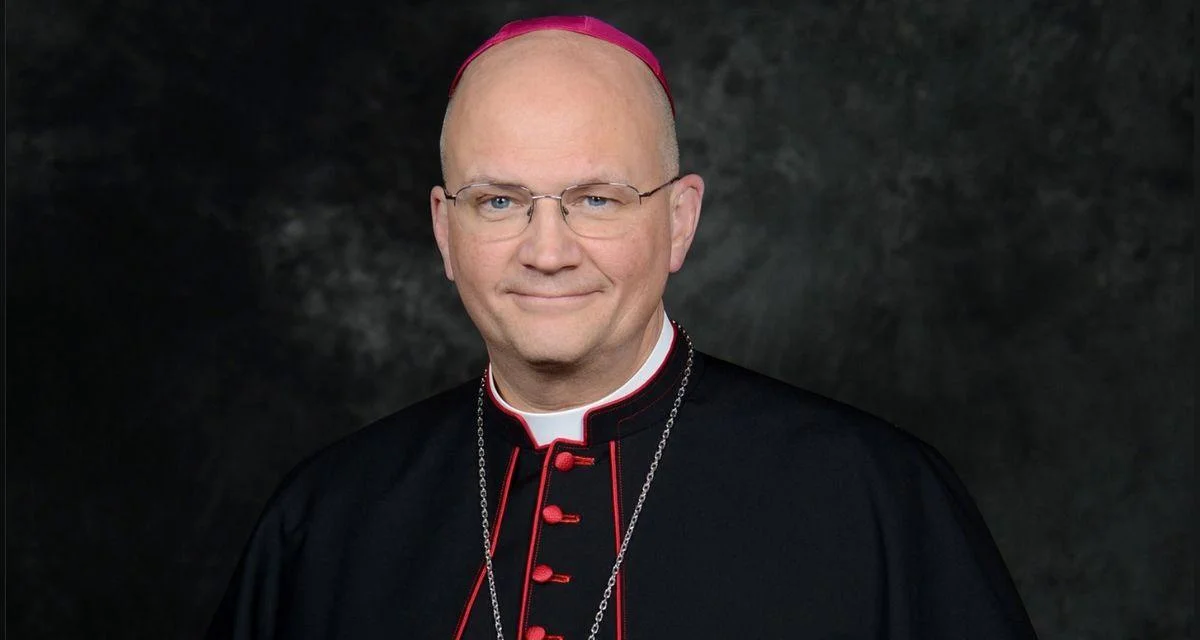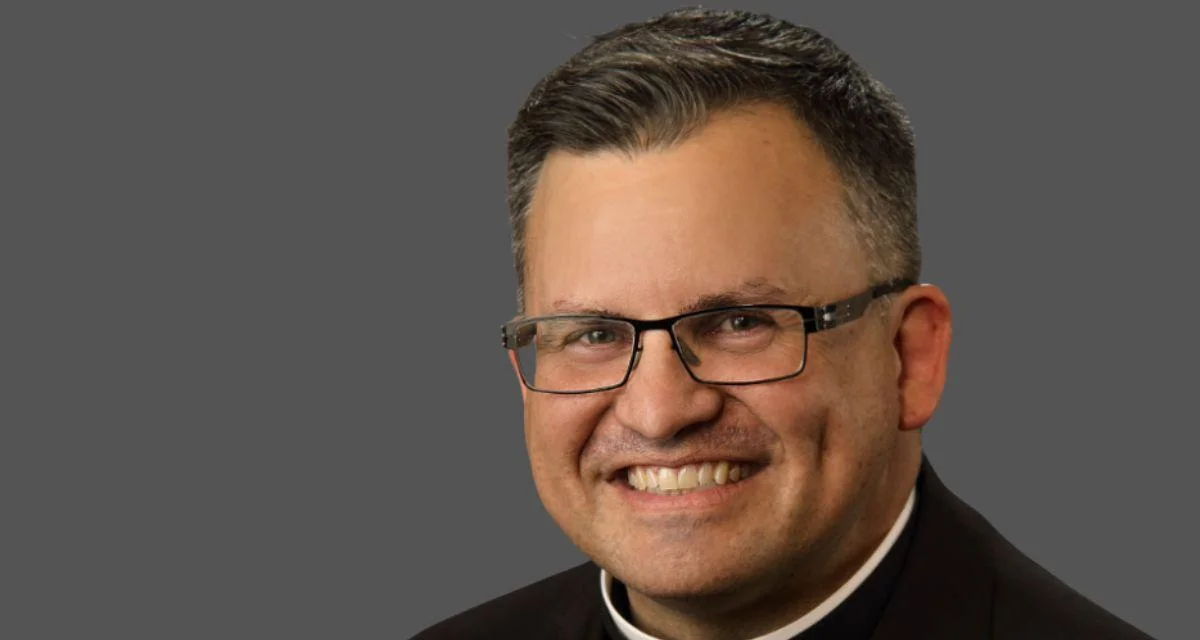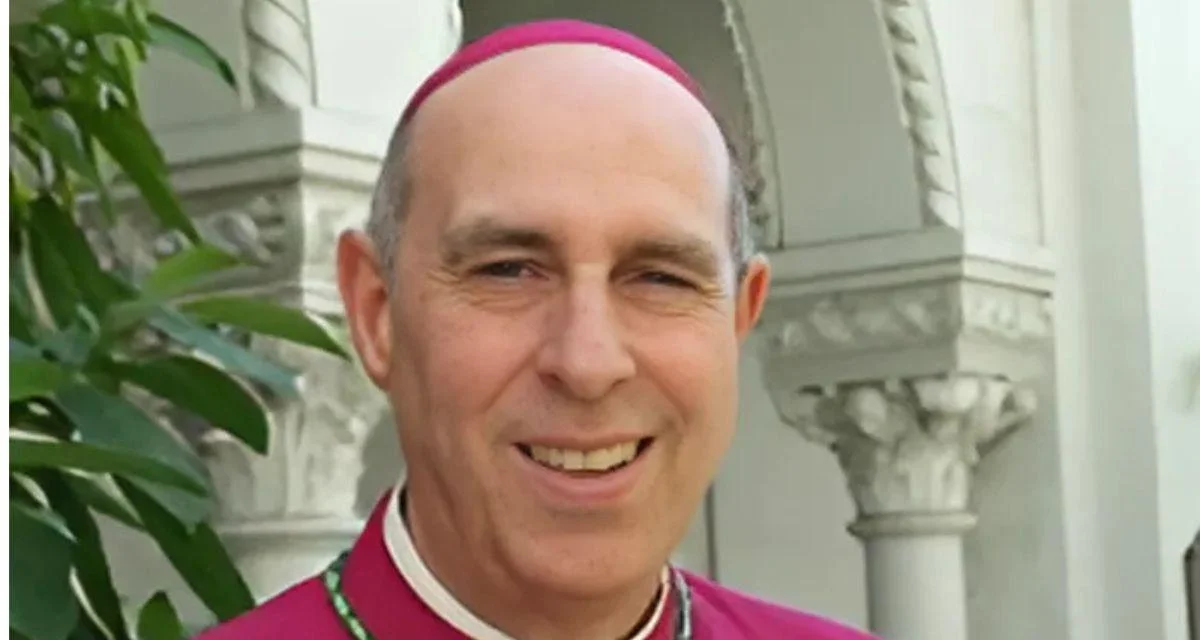
Bishop William D. Byrne | Official Website
Lectio Divina, an ancient practice of prayerful reading and meditation on Scripture, is being highlighted as a means to deepen spiritual life and foster a closer relationship with God. Father Tomy Philip SAC, parochial administrator at St. Thomas the Apostle Parish in Newton and St. Mary of the Assumption in Sainte Marie, explains that reflecting on Scripture nourishes believers spiritually and guides them to live according to God's will.
He emphasizes that the Scriptures are not just historical documents but point directly to Jesus Christ. “The Scriptures are not merely a collection of ancient writings; they point us to Jesus, the living Word. To understand the Bible fully is to recognize that its fulfilment is found in Christ. When we engage with Scripture, we do more than learn about history or doctrine, we encounter Jesus Himself, the key to unlocking the meaning of every passage,” he writes.
Father Philip describes Lectio Divina as a centuries-old approach that involves slow and contemplative engagement with biblical texts. He notes it is distinct from academic analysis because it focuses on listening for God's voice through His Word.
Henri Nouwen’s perspective on this method is cited: “the ancient monastic practice of reading Scripture meditatively — not to master the word, not to criticize the word, but to be mastered by and challenged by the word. It means to read the Bible ‘on your knees,’ that is, reverently, attentively, and with deep conviction that God has a unique word for you in your own situation” (Spiritual Direction: Wisdom for the Living Walk of Faith, p. 91).
Pope Benedict XVI has called Lectio Divina a spiritual springtime for modern times and recommended it as a tool for spiritual growth. He said prayerful reading opens hearts to hear God’s voice (Cf. Address to Participants in the International Congress on Dei Verbum, 16 September 2005). Pope Francis also underlined its importance: “The prayerful reading of the sacred text will help support and strengthen the spiritual life” (Misericordia et Misera, 20 November 2016, No. 7).
Lectio Divina consists of four traditional steps: lectio (reading), meditatio (meditation), oratio (prayer), and contemplatio (contemplation). Each step builds upon the previous one in a process designed for deeper engagement with Scripture.
Father Philip outlines these steps:
- In lectio, readers focus on understanding what the biblical text says.
- Meditatio involves reflecting personally on how the passage applies.
- Oratio encourages responding through prayer based on reflection.
- Contemplatio invites silent communion with God and seeks transformation.
He stresses that these steps are interconnected: “Reading without meditation is dry, meditation without reading is subject to error, prayer without meditation is lukewarm, and meditation without prayer is fruitless.”
For Lectio Divina to be fruitful, certain dispositions are necessary such as silent listening, faith in God’s Word as authentic revelation, openness of heart, active listening willing to be guided by Scripture’s message, communion with Church tradition, and seeking guidance from the Holy Spirit.
Father Philip concludes that simply providing someone with a Bible does not suffice; individuals must learn how to listen for God through Scripture. Nouwen adds: “we develop an inner ear that allows us to recognize the Living Word in the written word” (Spiritual Direction, p. 91).
Finally, Pope Benedict XVI notes action should result from this process: “The process of Lectio Divina is not concluded until it arrives at action … which moves the believer to make his or her life a gift for others in charity” (Verbum Domini, No. 87).




 Alerts Sign-up
Alerts Sign-up